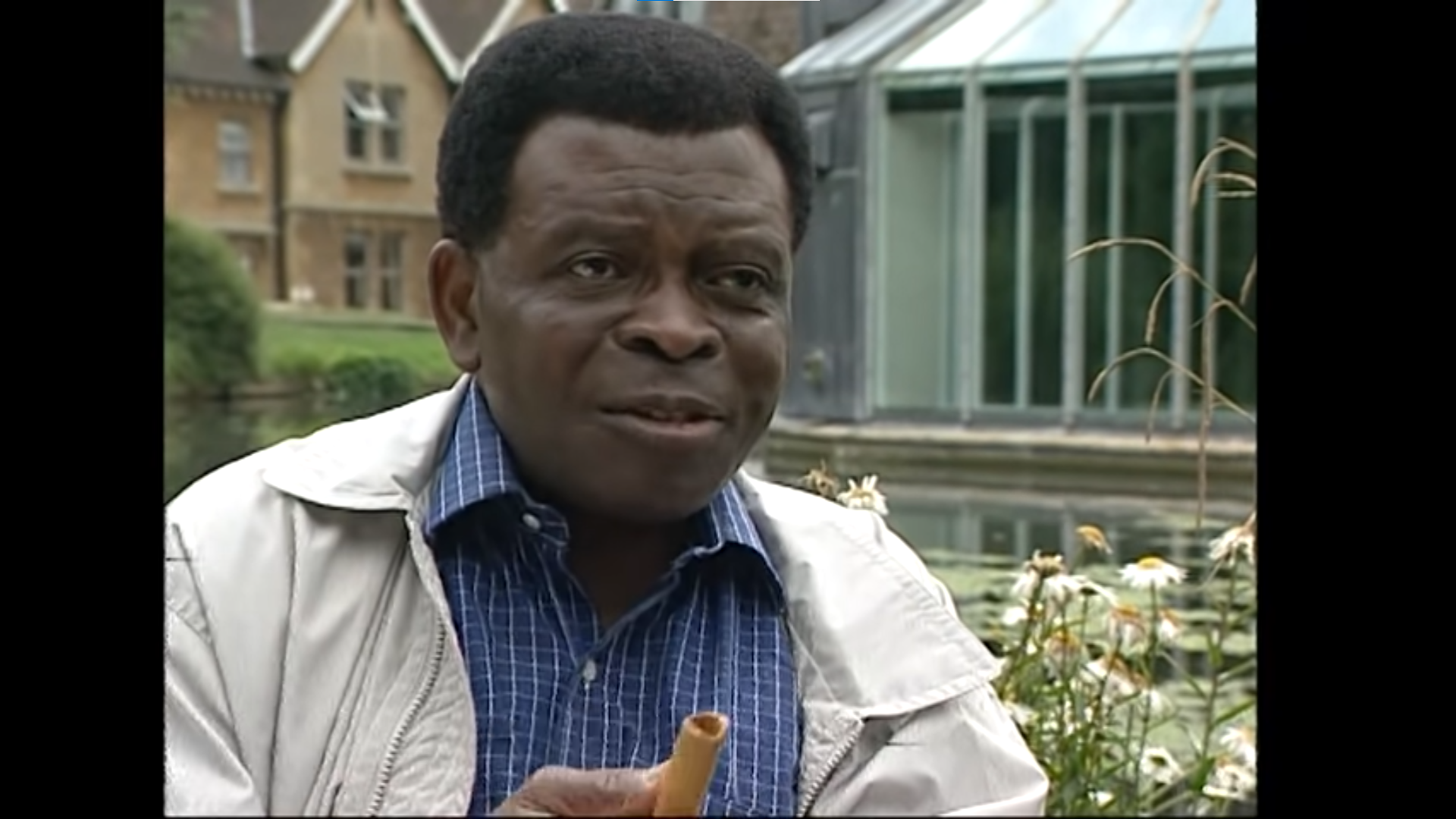Paper Size
- For Large ensemble Works, use Tabloid (US Paper Size).
- Letter is really more for Chamber Scores and Parts.
- Publishers will use different sizes, but for your average composer who is printing on their own, tabloid is the way to go.
Title Page
- Make it nice for a good impression on conductors and music directors
Info Page Should include the following:
- Instrumentation
- Duration
- Notes to Performers
- Symbol Key
- Program Notes
- Bio and Your Website Information
- Related Works (Optional)
- Program Notes (Yes they can really suck, but you should write them then!)
Transposition
- Indicate whether your score is Transposed, especially if you aren’t using a Key Signature
- Generally, Transposed Scores are more common, but some conductors prefer Scores in C.
- If you can, ask them, and if you can’t assume Transposed. Do not skip this small step, it is crucial.
Score Order
- Always in score order for large ensemble scores.
- The only exception is in Chamber Music, where unusual combinations of instruments can occur. Chose what makes sense.
Tempos
- Don’t miss the opportunity of telling your players how to play/characterize the music.
- It is easy to write Quarter equals 120 and leave it at that. Give them more, a word, a direction. It doesn’t have to be much.
Time Signatures
- If in Film World, use Gigantic Time Signatures.
- For Wind Ensemble and Orchestra in Concert World, Huge Time signatures are preferred.
- In Choral and Chamber Scores, the standard size is fine.
- General rule of thumb, if conducted go with Huge, if not, standard is fine.
Measure Numbers
- In any large ensemble score, you should have every single Measure number written out.
- For Choral and Chamber, it depends. Chose whichever keeps the score clear and not cluttered.
General Formatting
- Use 6-8 Bars per page, especially in large ensemble scores. Let it breathe.
- For conductors, don’t hide staves, keep the layout the same.
- In Film World, remove measure rests so that the score can be written on in the event of an on-the-fly reorchestration.
Section Checks
- Check Commands for the Strings. Arco to Pizza, Pont. To Ord. Etc.
- For Percussion and Woodwinds, double check the time you have given people to change instruments.
- For Brass, check your mute changes.
Dynamics
- Watch out for Orphaned Dynamics across the score.
- Be as clear and accurate as possible when using dynamics and give clear destinations.
Lastly, Get a Friend to look it over if possible. Ideally you can print it and go over it
SOURCE: https://www.davidvessmusic.com/post/how-to-make-your-scores-look-professional

Hello! Michael here.
I'm a Music Composer & Creative Coder. I create immersive sonic experiences for installation, performance, and virtual worlds. I tend to specialize in immersive, AR/XR, and audio-visual.
I like Unreal Engine, Touchdesigner, Max for Live, Reaktor, Kontakt, Ableton, Reaper, Dorico... Lately, I've been working on interactive music in Unreal Engine and developing various methods for procedural scoring of string instruments.
Website: https://michaelgarydean.com/
Bandcamp: https://michaelgarydean.bandcamp.com/
Instagram - https://www.instagram.com/michaelgarydean/
Mastodon - https://mastodon.gamedev.place/@michaelgarydean
YouTube - https://www.youtube.com/@michaelgarydean